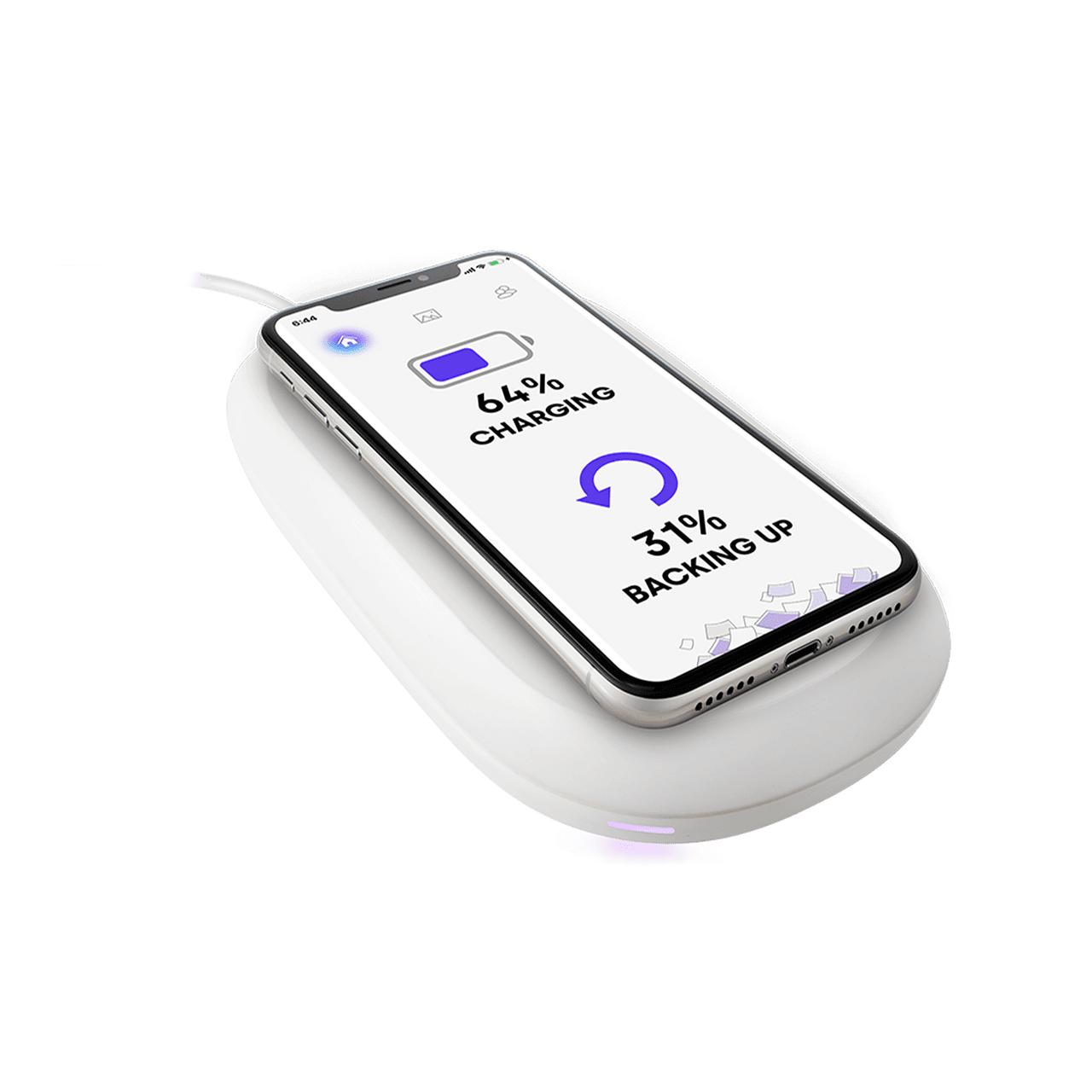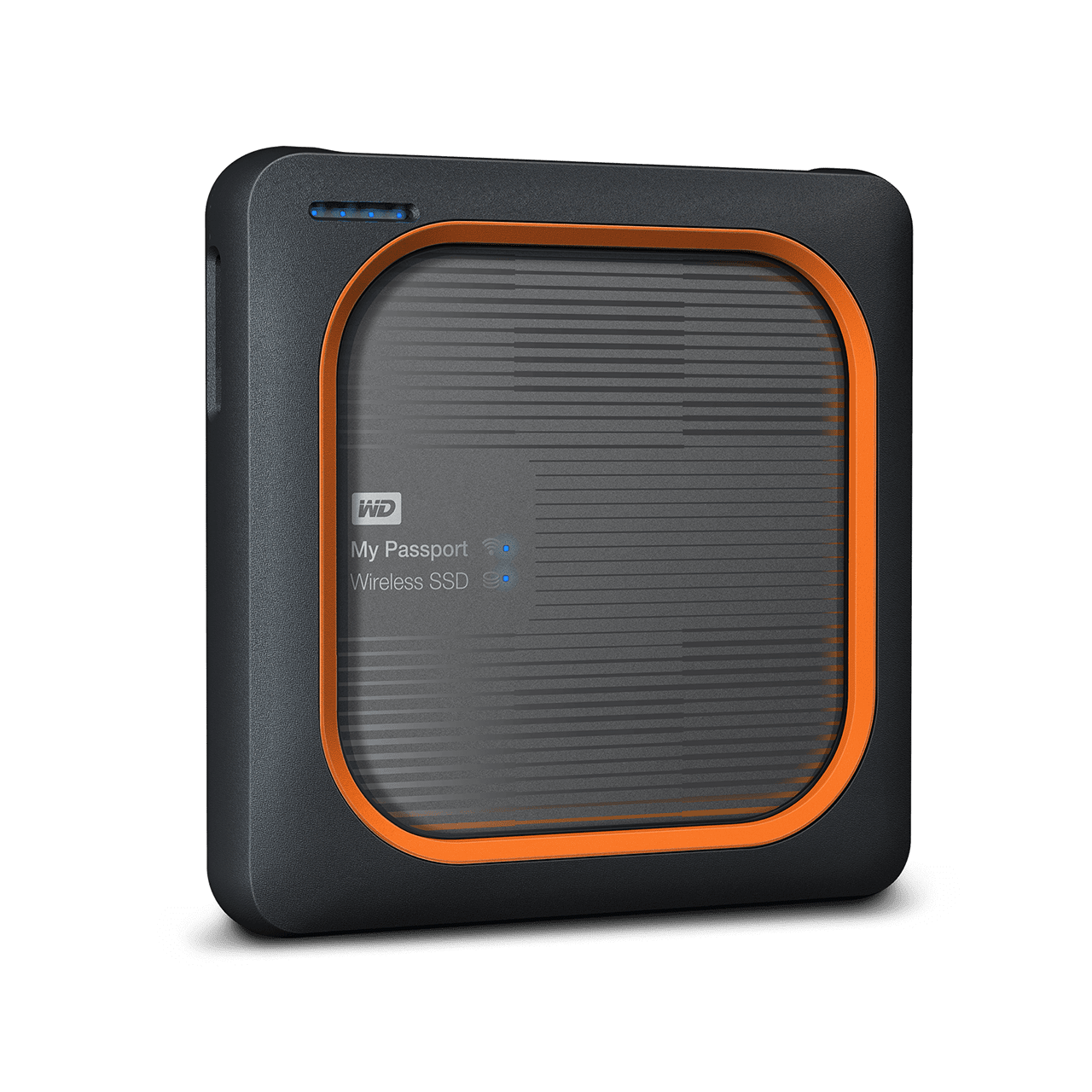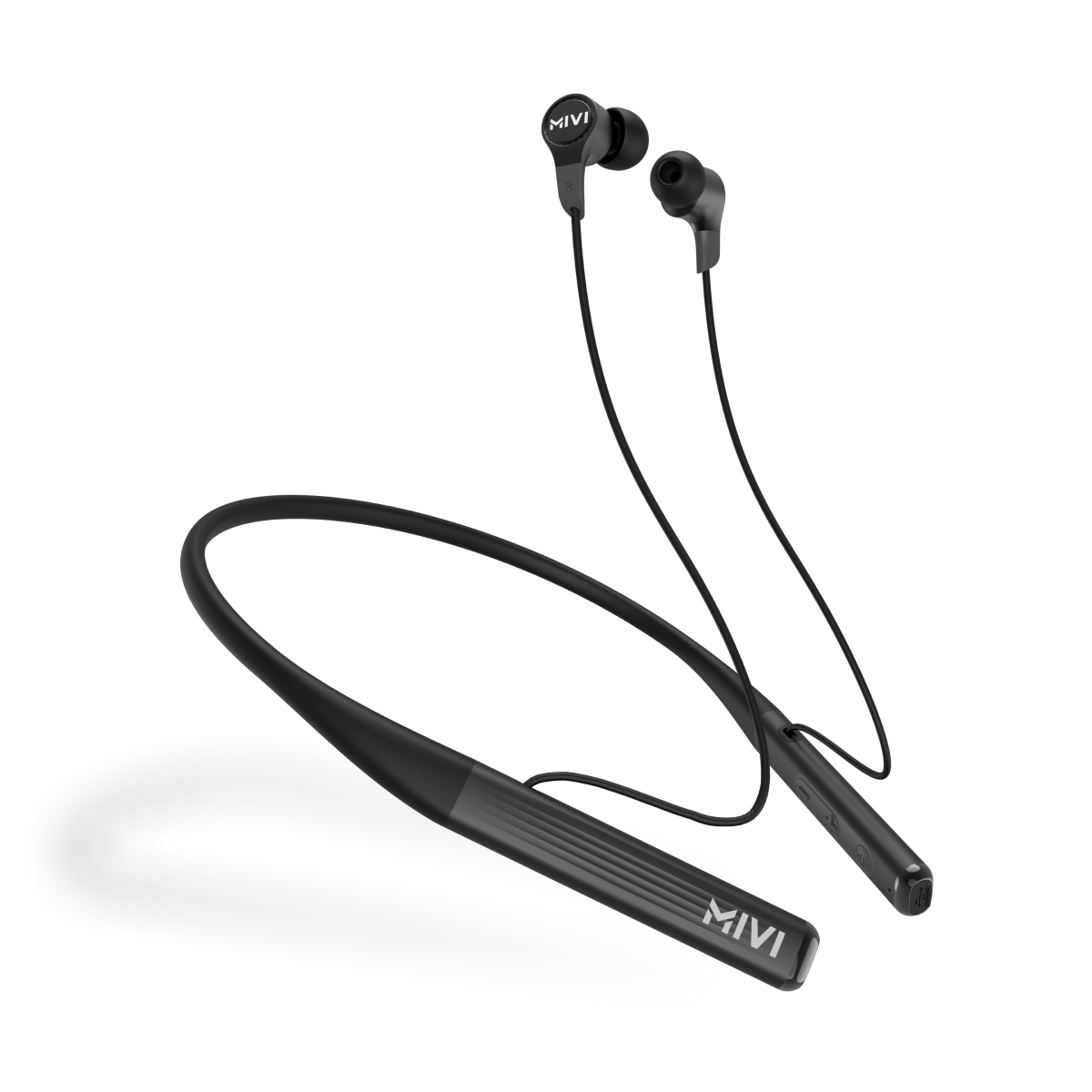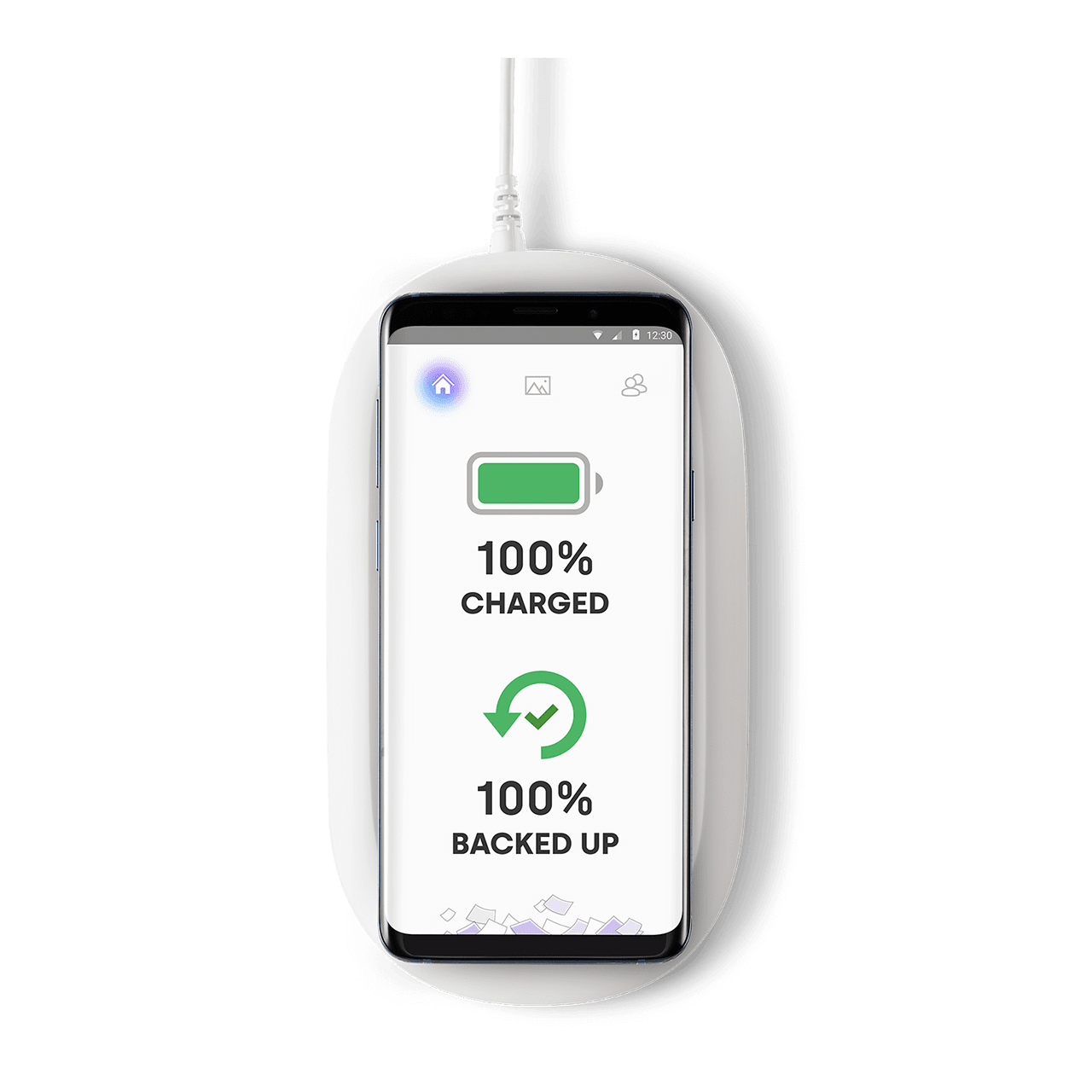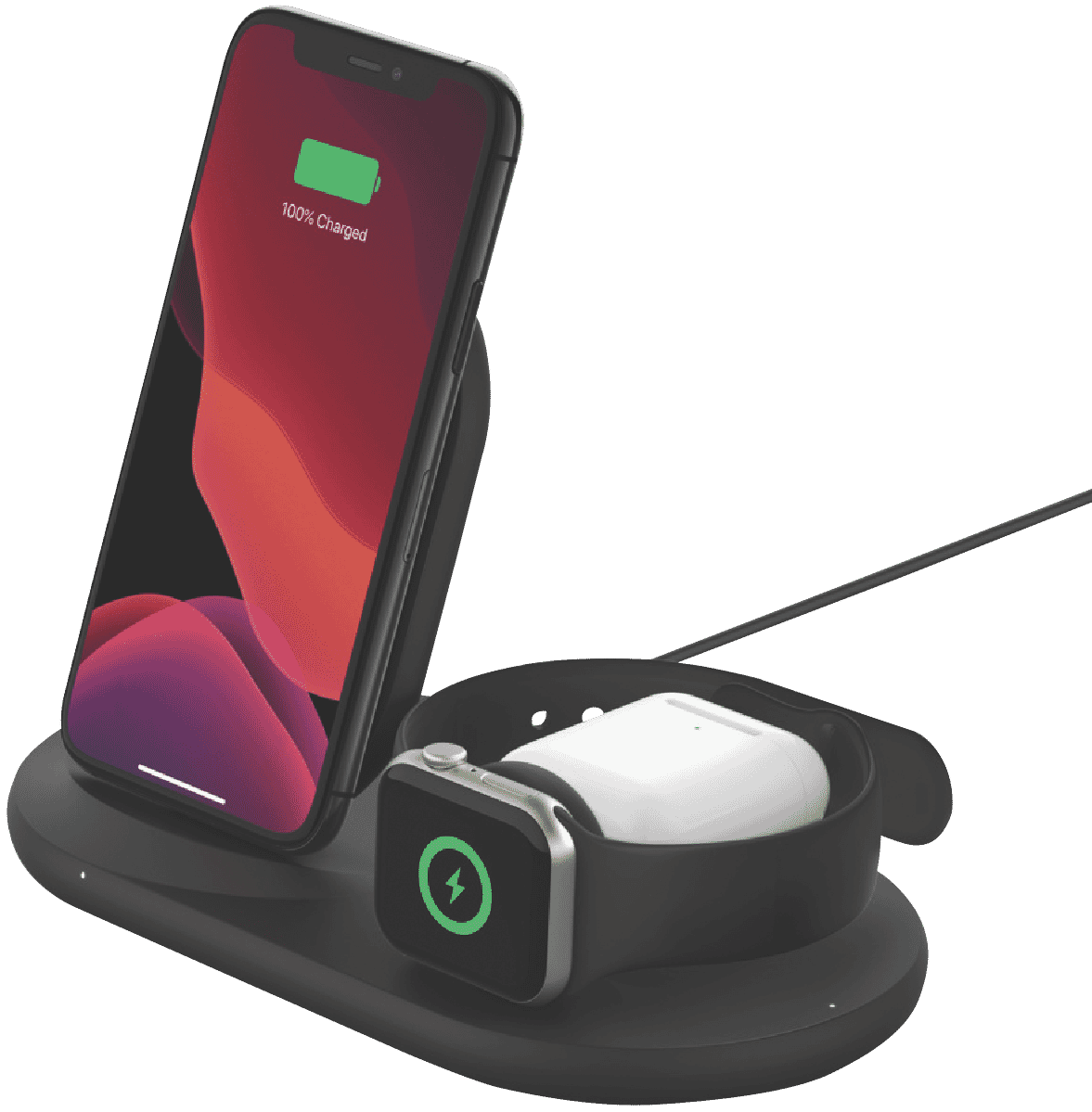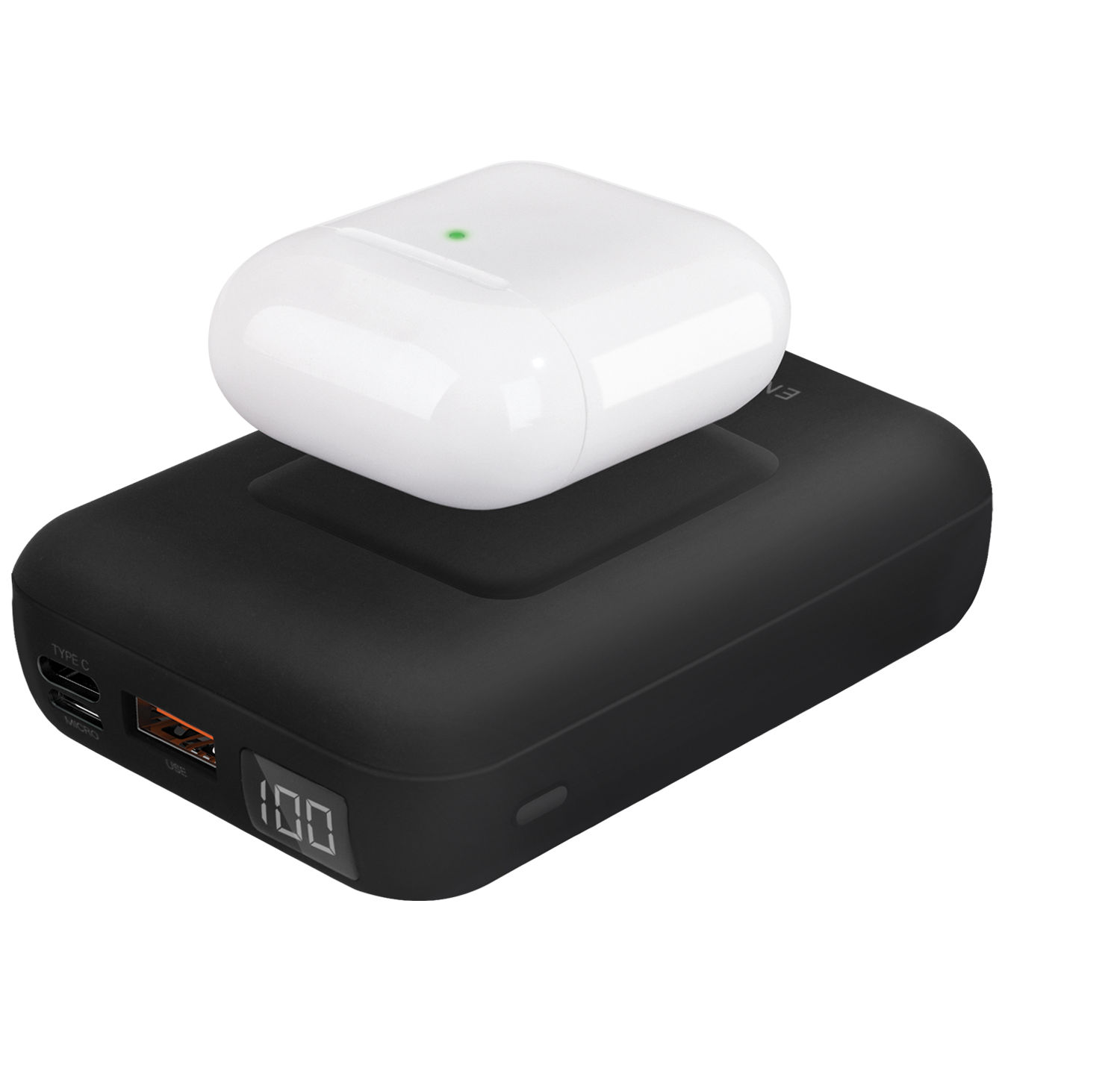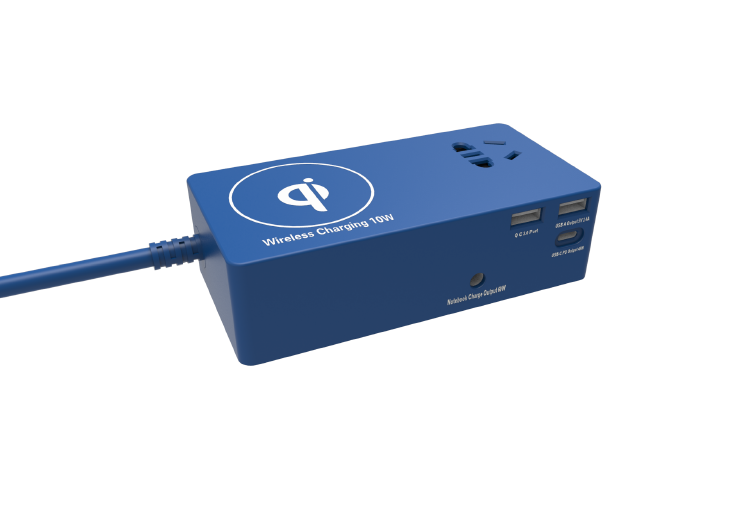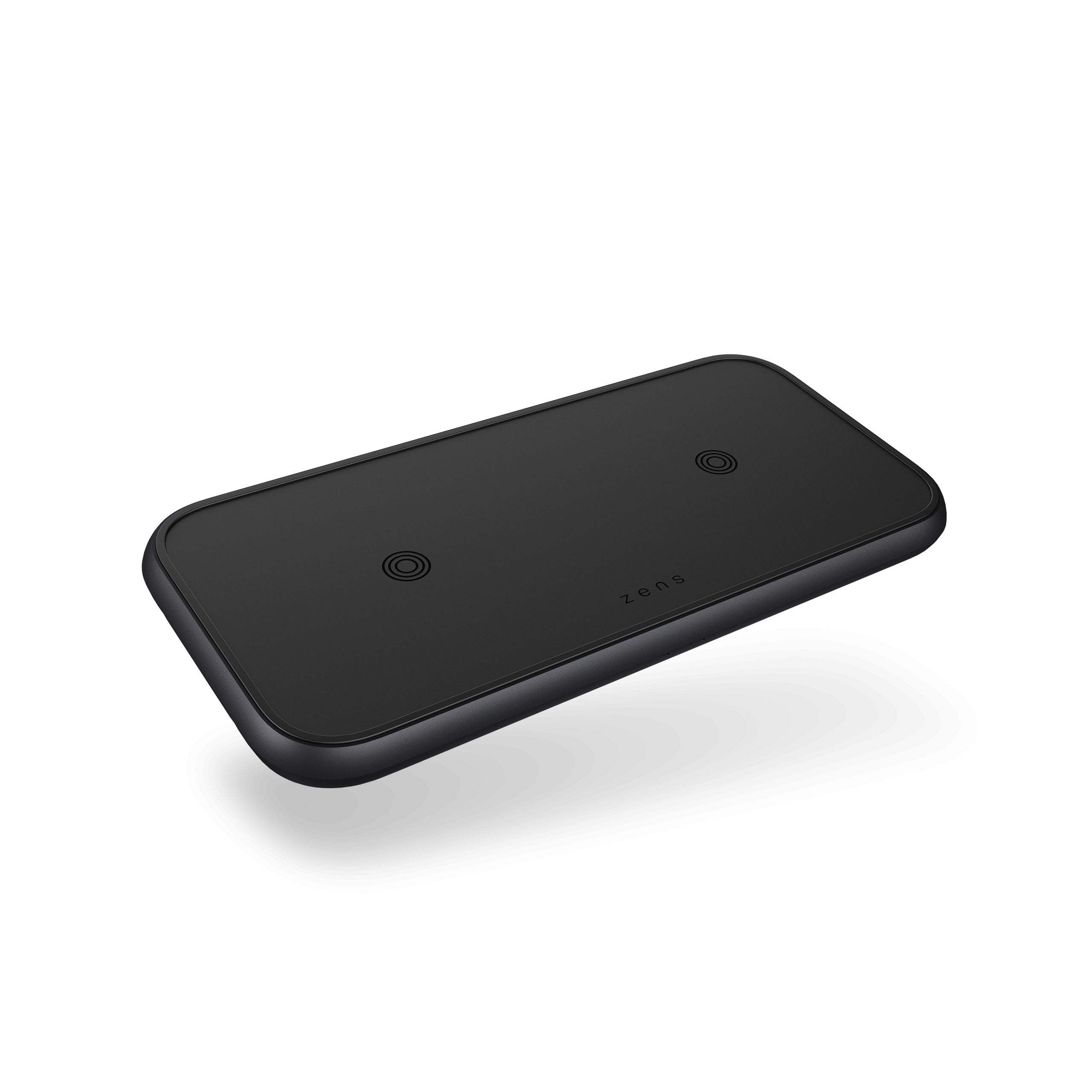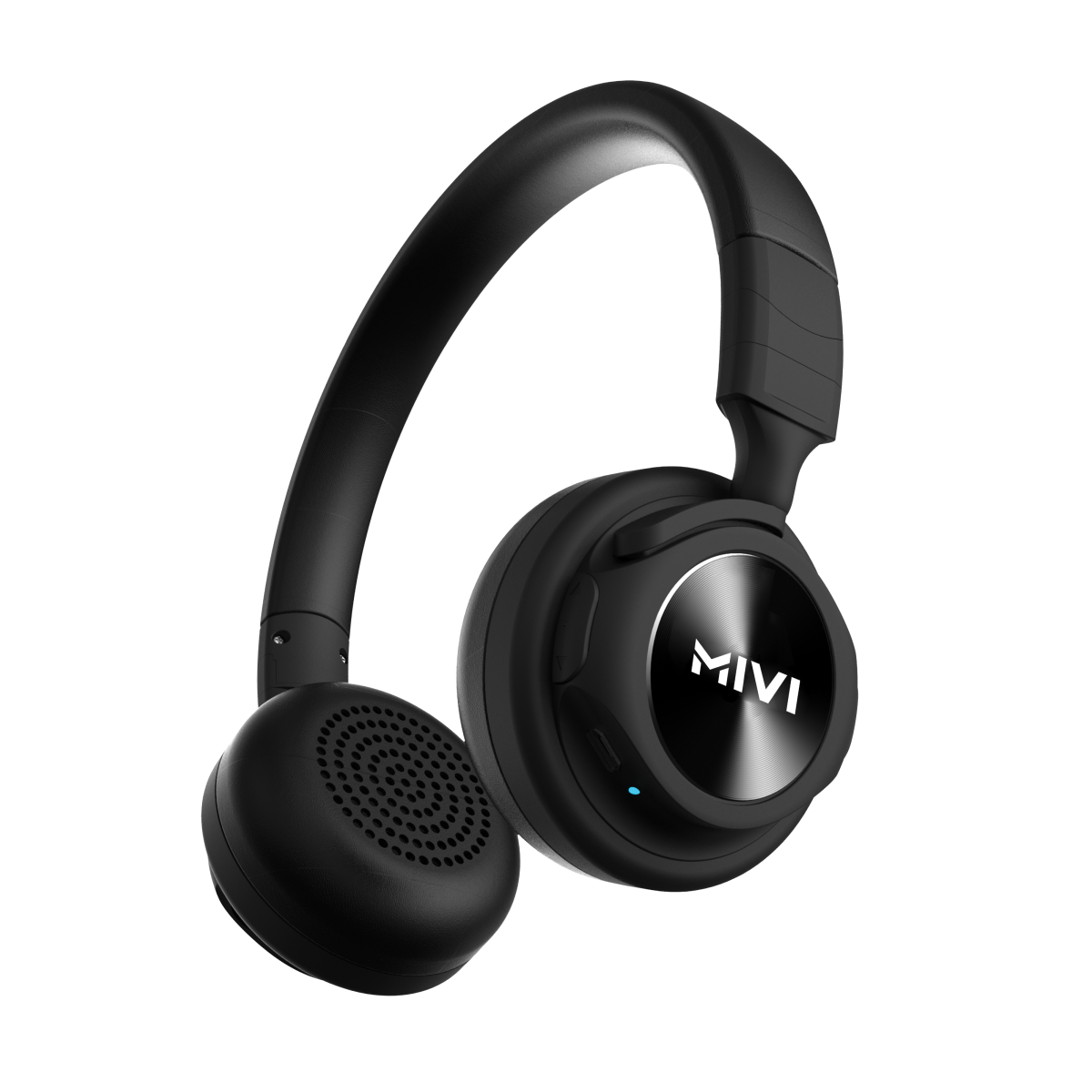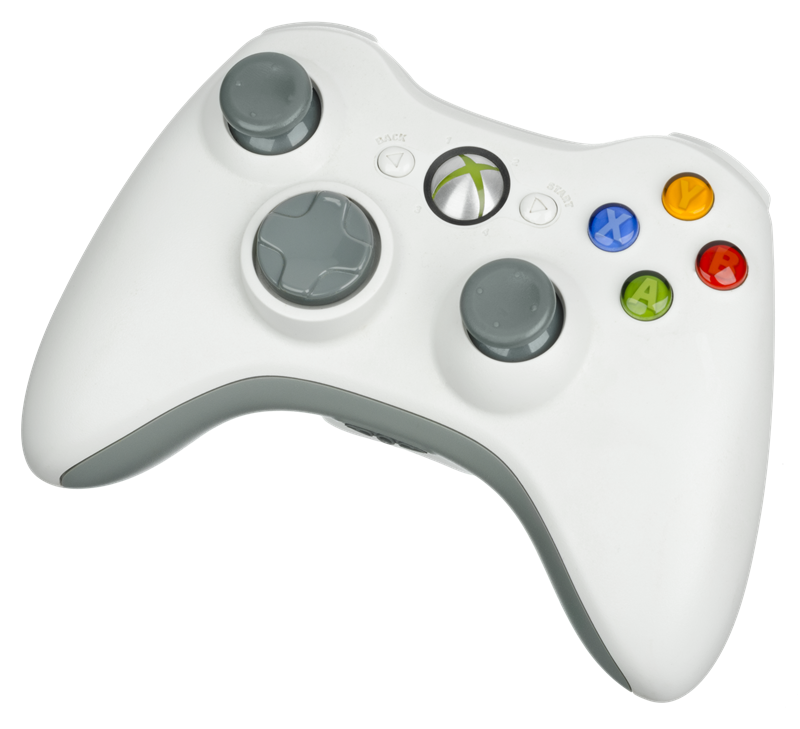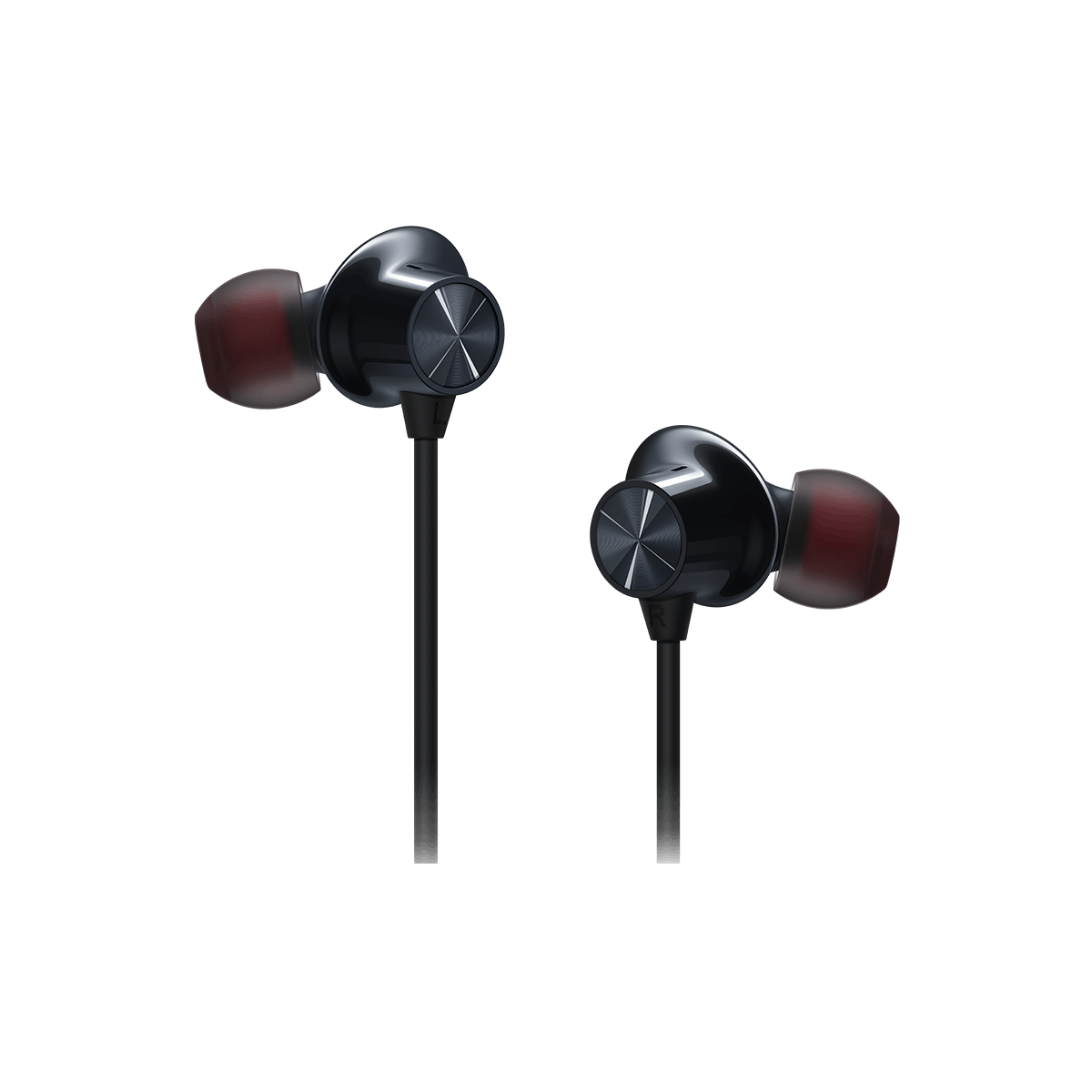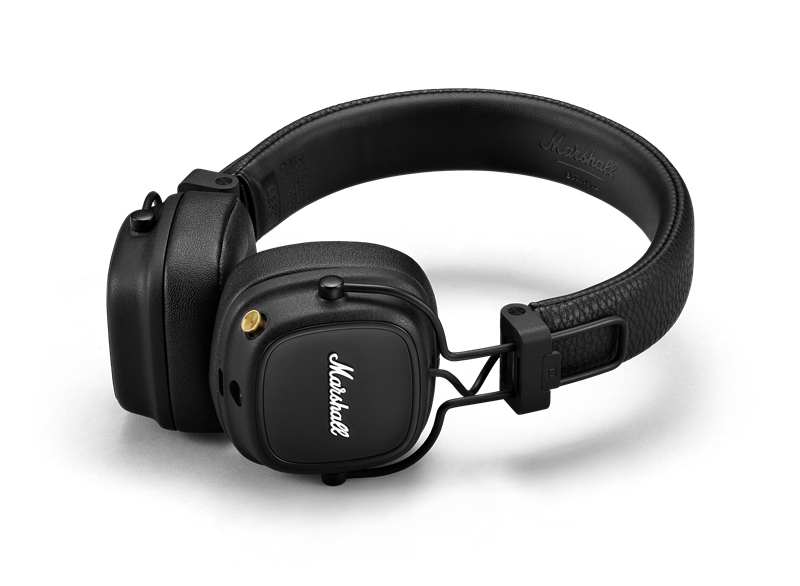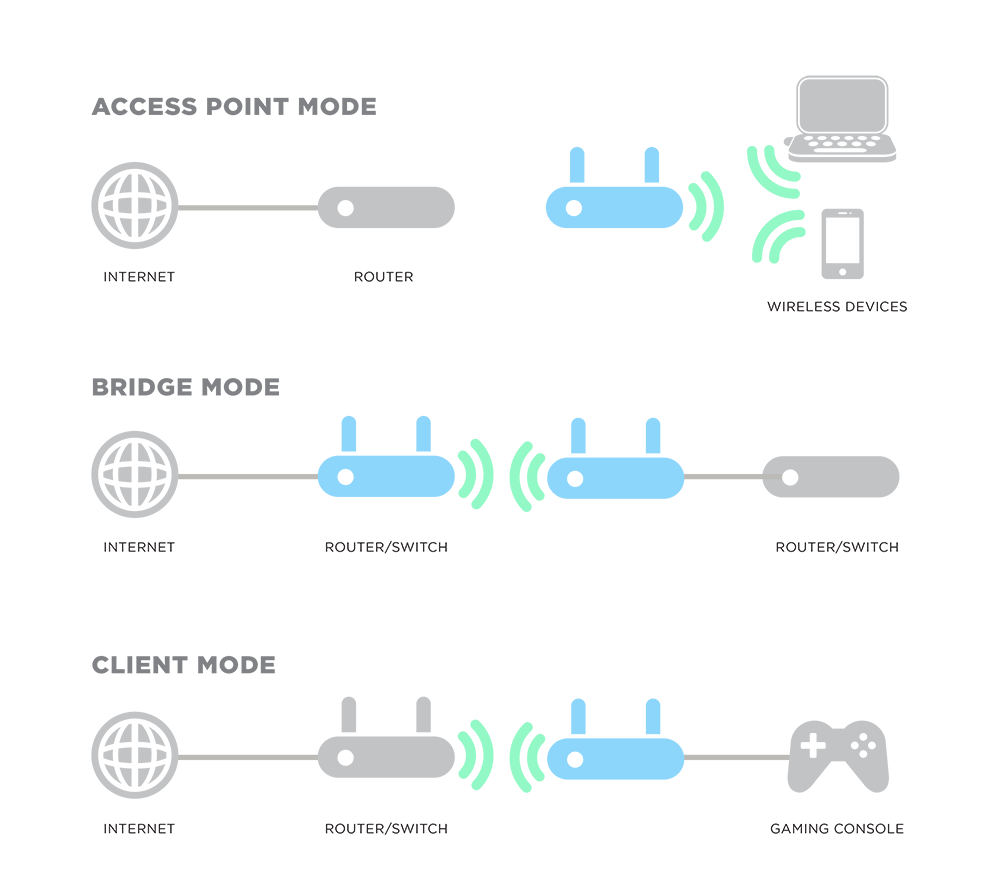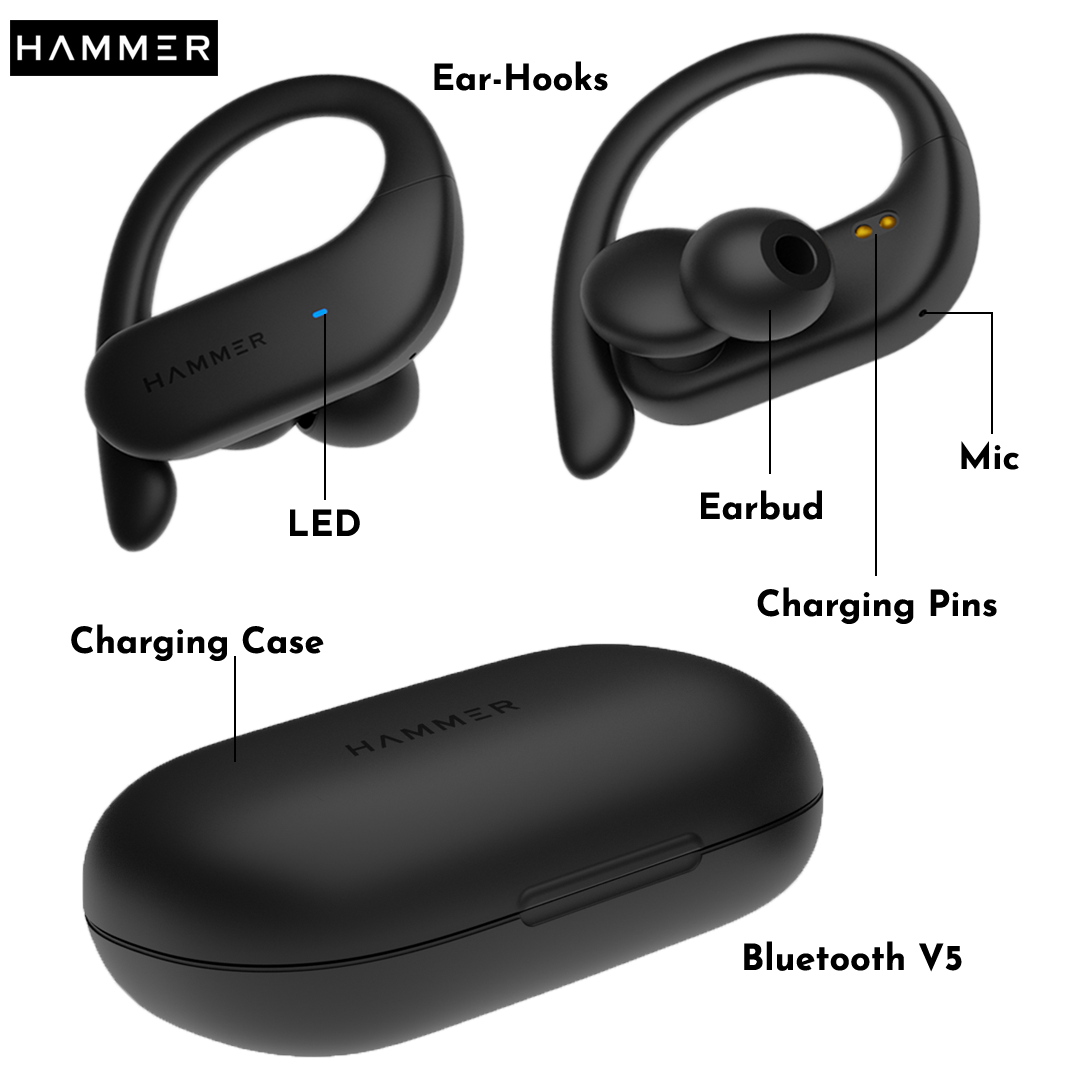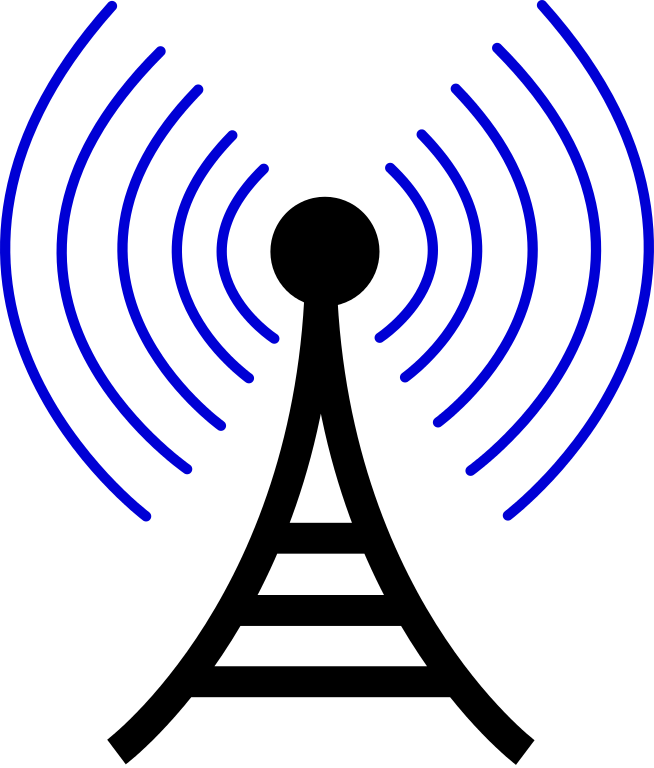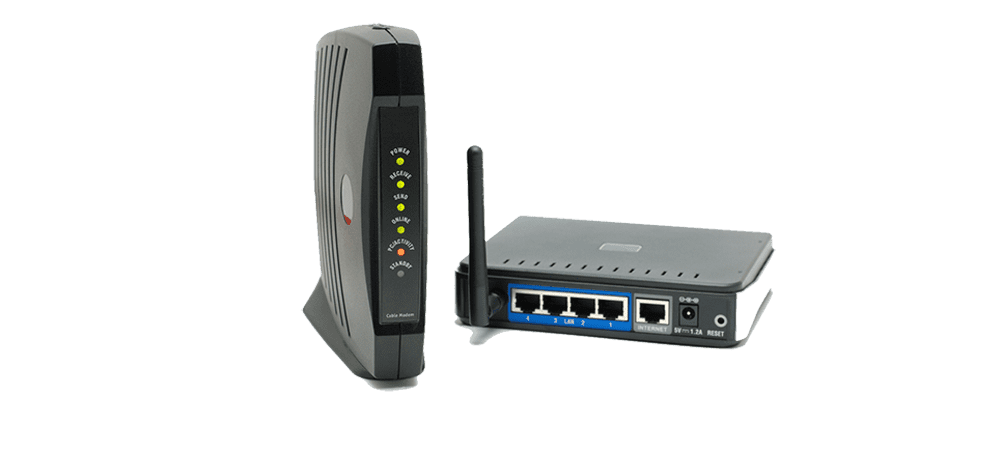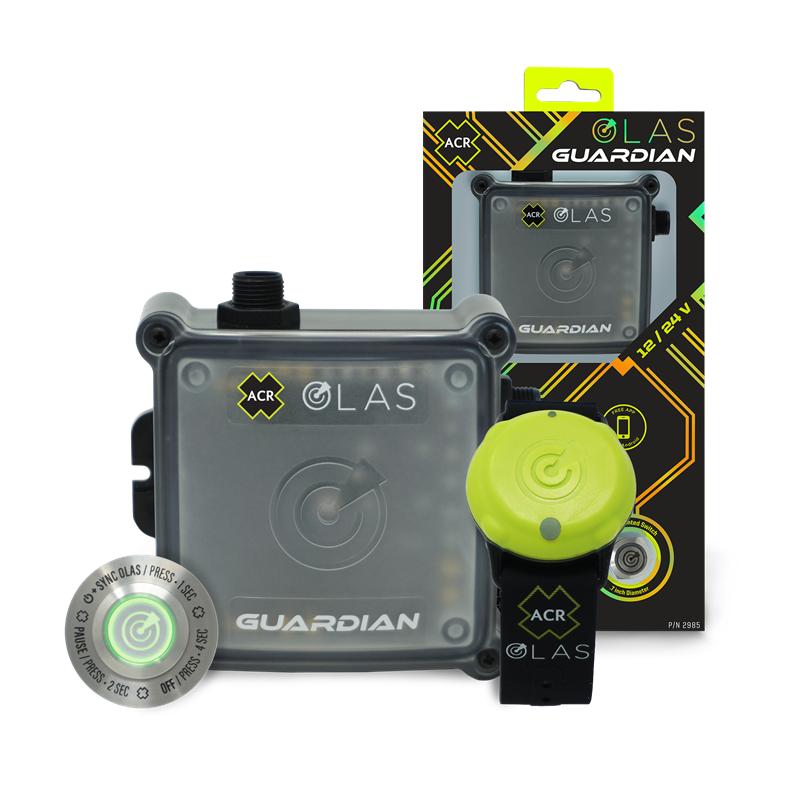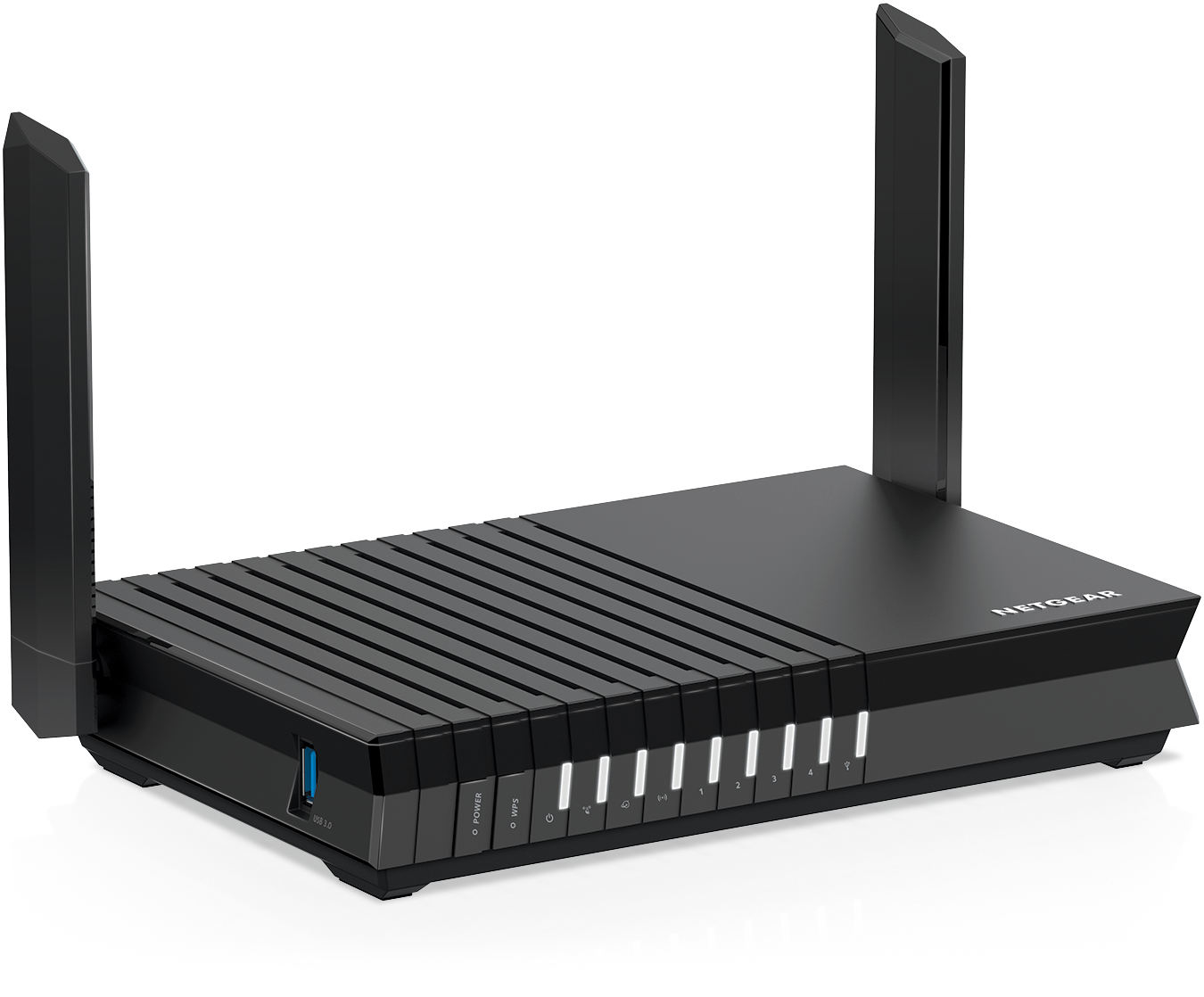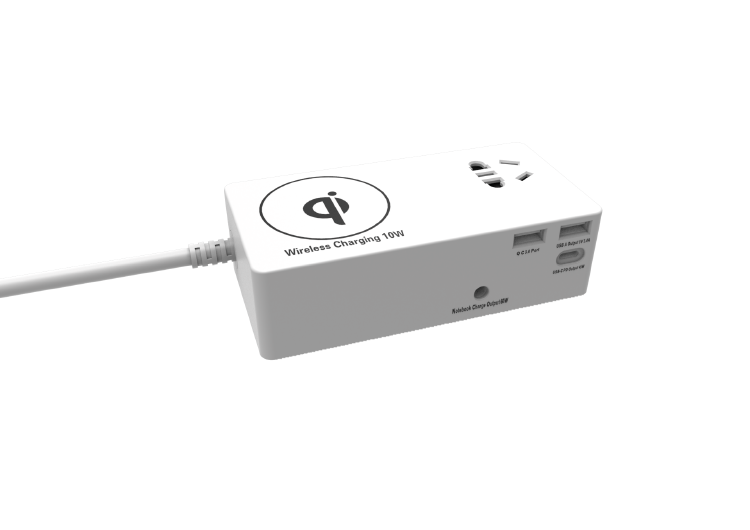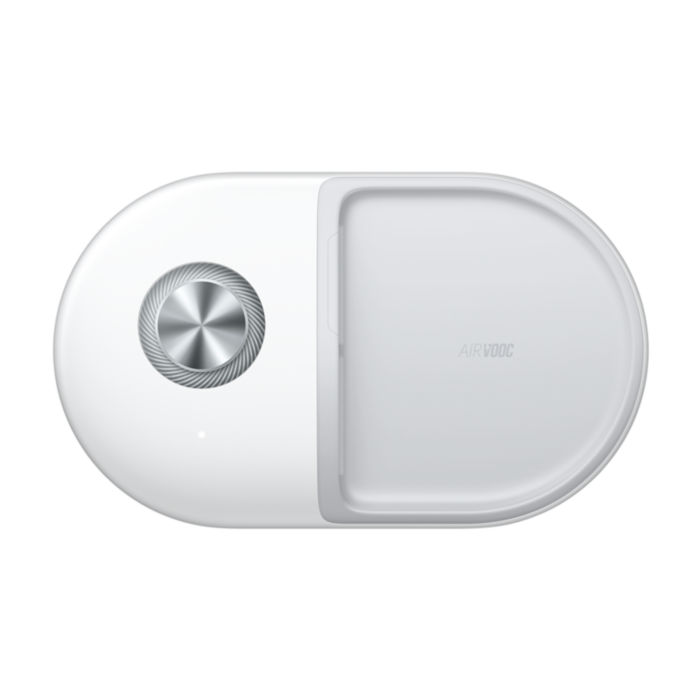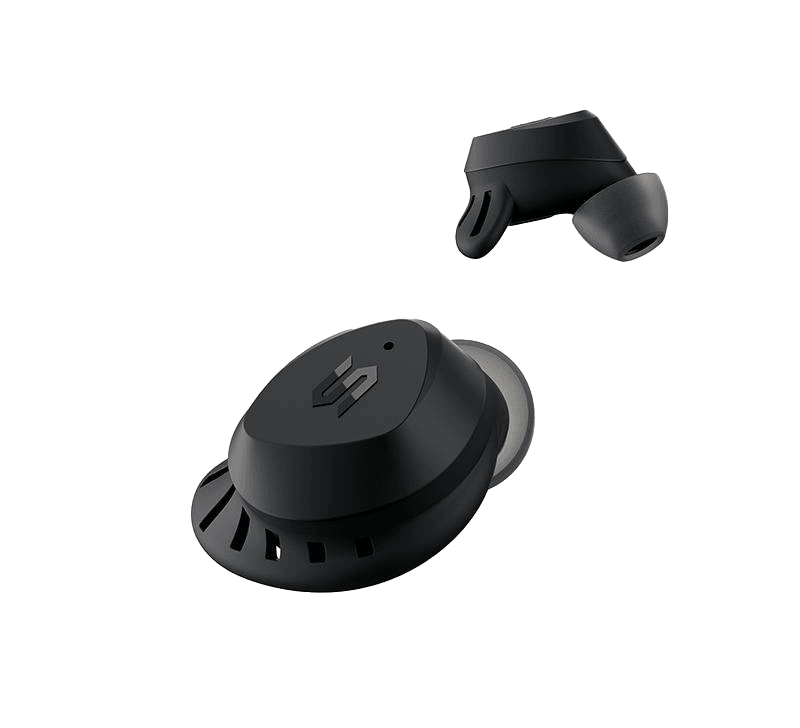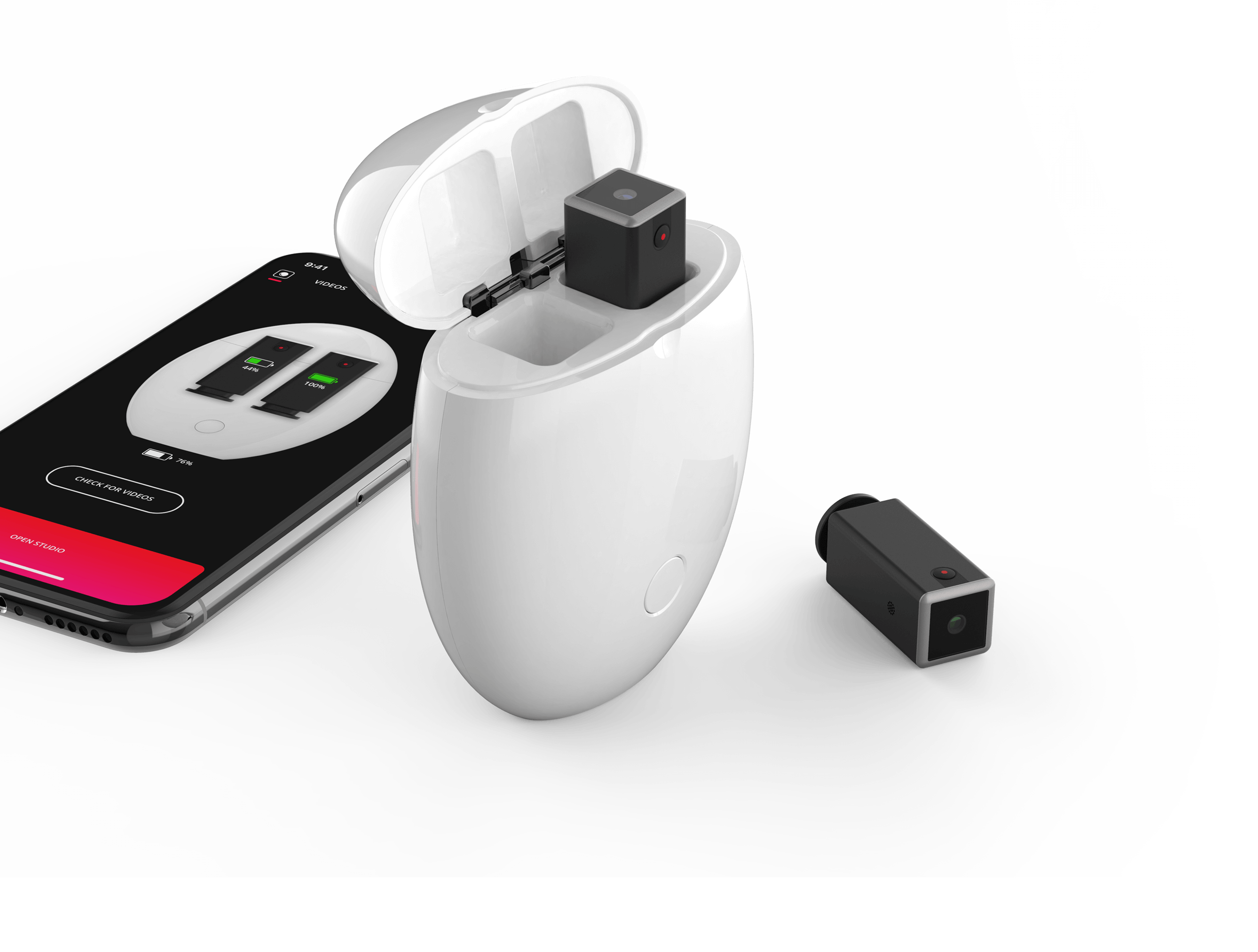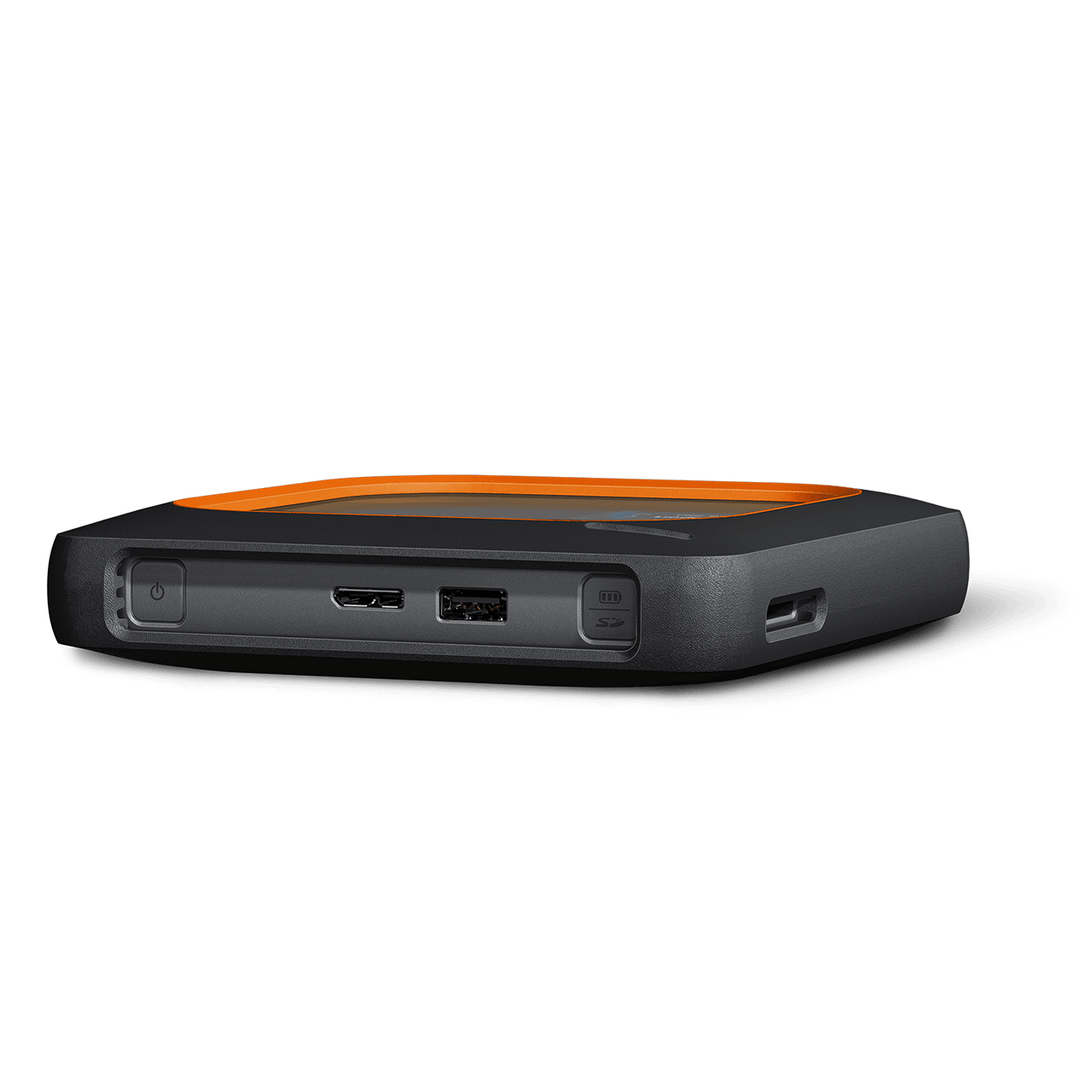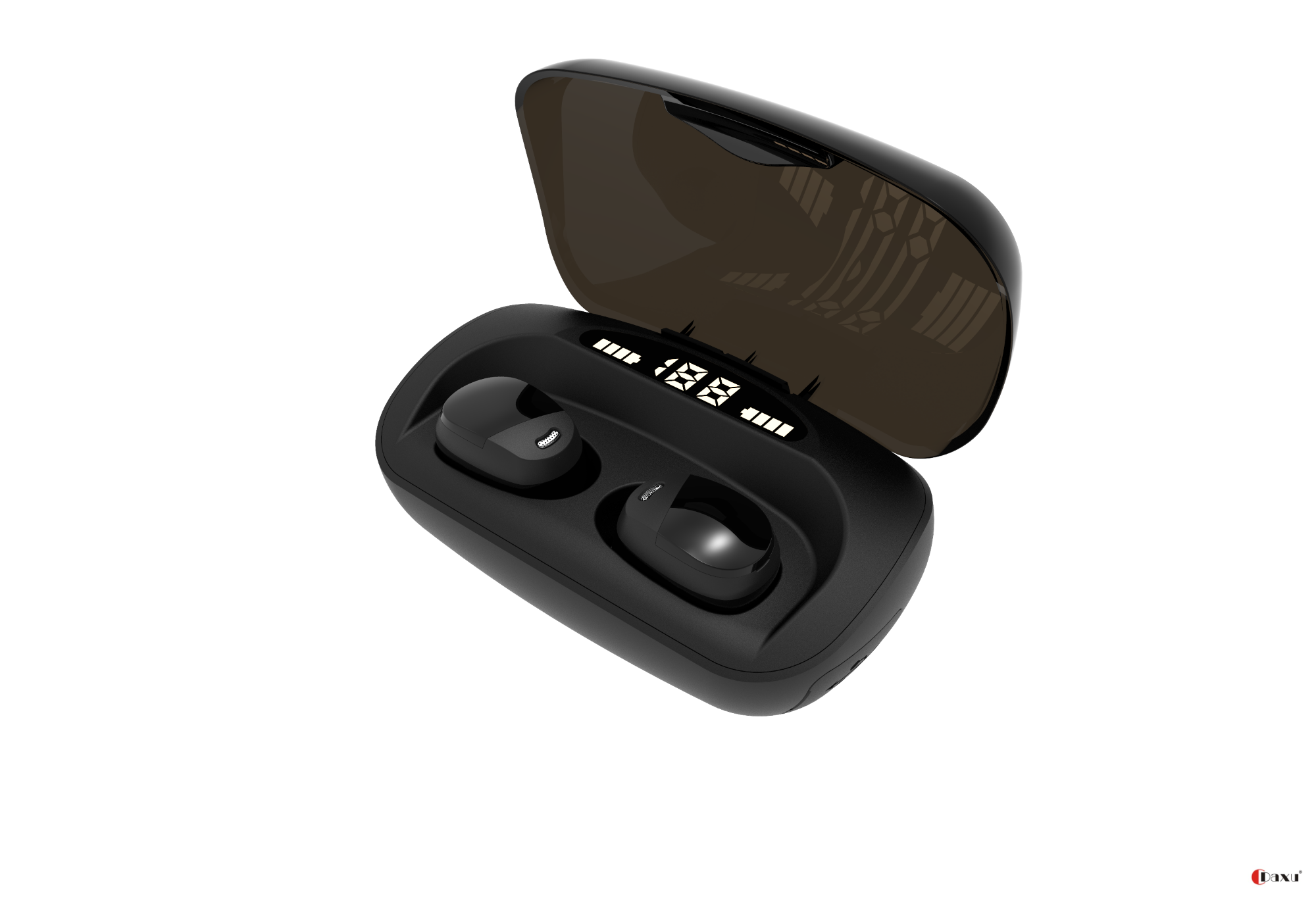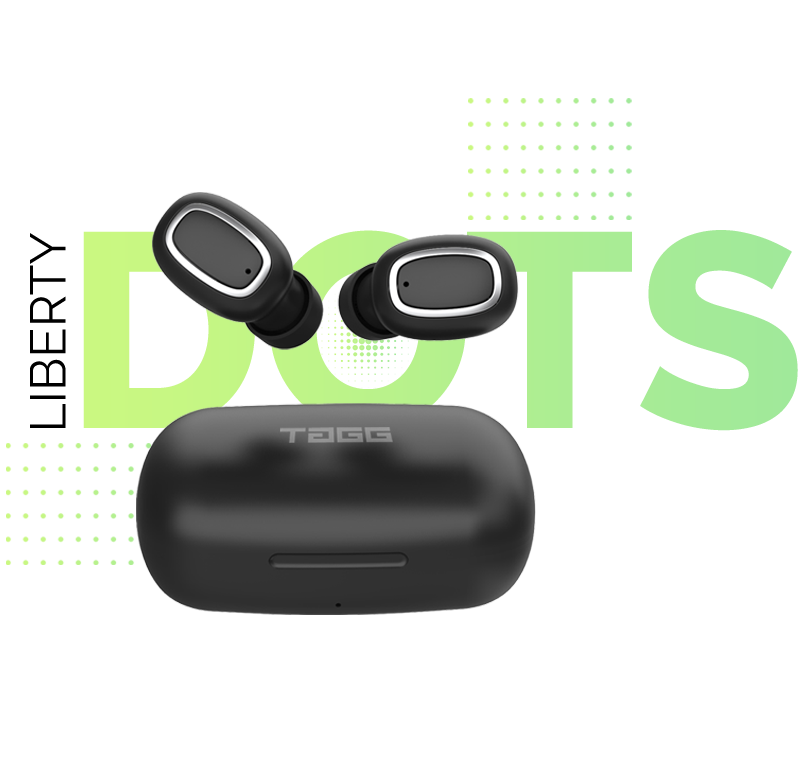Download top and best high-quality free Wireless Items PNG Transparent Images backgrounds available in various sizes. To view the full PNG size resolution click on any of the below image thumbnail.
License Info: Creative Commons 4.0 BY-NC
When the situation allows, wireless communication (or just wireless) is the movement of information between two or more places without the need of an electrical conductor as a medium. Radio waves are used in the most prevalent wireless technology. The intended distances for radio waves can range from a few meters for Bluetooth to millions of kilometers for deep-space radio communications.
It includes two-way radios, cellular telephones, personal digital assistants (PDAs), and wireless networking, among other fixed, mobile, and portable applications. GPS devices, garage door openers, wireless computer mice, keyboards, and headsets, headphones, radio receivers, satellite television, broadcast television, and cordless telephones are all examples of radio wireless technology uses.
Other electromagnetic wireless technologies, such as light, magnetic, or electric fields, or the use of sound, are rather less prevalent means of creating wireless communications.
Wireless has been used twice in the history of communications, each time with a somewhat different connotation. It was first used about 1890 for the earliest radio transmitting and receiving technologies, such as wireless telegraphy until it was superseded by the new word radio around 1920. In the United Kingdom, non-portable radios were still referred to as wireless sets throughout the 1960s.
The name was resurrected in the 1980s and 1990s to distinguish digital devices that communicate without the need of wires, such as those described in the preceding paragraph, from those that do. Due to the introduction of mobile broadband, Wi-Fi, and Bluetooth in the 2000s, this became its major use.
Wireless operations enable services that would be difficult or impractical to perform via cables, such as mobile and interplanetary communications. The phrase is frequently used in the telecommunications sector to refer to telecommunications systems (e.g., radio transmitters and receivers, remote controls, etc.) that convey information without cables using some type of energy (e.g., radio waves, acoustic energy, etc.). This method is used to transmit data across short and long distances.
In 1880, Alexander Graham Bell and Charles Sumner Tainter created the photophone, a telephone that conveyed audio through a light beam, resulting in the first wireless telephone call. Sunlight and a clear line of sight between the transmitter and receiver were necessary for the photophone to work. These issues significantly reduced the photophone’s feasibility in any practical application. The concepts of the photophone would take several decades to find their first practical applications in military communications and then in fiber-optic communications.
Before effective radio systems became available, several wireless electrical signaling techniques were studied for telegraphy, including transmitting electric currents through water and the Earth using electrostatic and electromagnetic induction. A patented induction system by Thomas Edison allowed a telegraph on a moving train to connect with telegraph wires running parallel to the tracks, an induction telegraph system by William Preece for sending messages across bodies of water, and several operational proposed telegraphy and voice earth conduction systems.
During the Great Blizzard of 1888, the Edison system was utilized by stranded trains, and conductive earth networks were employed between trenches in World War I, but these systems were never commercially viable.
Download Wireless Items PNG images transparent gallery.
- Wireless Items PNG HD Image
Resolution: 1280 × 1280
Size: 113 KB
Image Format: .png
Download
- Wireless Items PNG HD Quality
Resolution: 1124 × 1024
Size: 578 KB
Image Format: .png
Download
- Wireless Items PNG Image File
Resolution: 1280 × 1280
Size: 383 KB
Image Format: .png
Download
- Wireless Items PNG Image HD
Resolution: 1200 × 1200
Size: 266 KB
Image Format: .png
Download
- Wireless Items PNG Image
Resolution: 1280 × 1280
Size: 98 KB
Image Format: .png
Download
- Wireless Items PNG Images HD
Resolution: 1177 × 1199
Size: 127 KB
Image Format: .png
Download
- Wireless Items PNG Images
Resolution: 1500 × 1435
Size: 884 KB
Image Format: .png
Download
- Wireless Items PNG Photo Image
Resolution: 750 × 530
Size: 82 KB
Image Format: .png
Download
- Wireless Items PNG Photo
Resolution: 2560 × 2560
Size: 429 KB
Image Format: .png
Download
- Wireless Items PNG Photos
Resolution: 1200 × 1200
Size: 524 KB
Image Format: .png
Download
- Wireless Items PNG Pic
Resolution: 800 × 729
Size: 418 KB
Image Format: .png
Download
- Wireless Items PNG Picture
Resolution: 1200 × 1200
Size: 55 KB
Image Format: .png
Download
- Wireless Items PNG
Resolution: 800 × 586
Size: 245 KB
Image Format: .png
Download
- Wireless Items Transparent File
Resolution: 1000 × 889
Size: 27 KB
Image Format: .png
Download
- Wireless Items Transparent Image
Resolution: 1080 × 1080
Size: 395 KB
Image Format: .png
Download
- Wireless Items Transparent PNG
Resolution: 654 × 768
Size: 55 KB
Image Format: .png
Download
- Wireless Items Transparent
Resolution: 1000 × 450
Size: 37 KB
Image Format: .png
Download
- Wireless Items
Resolution: 800 × 800
Size: 605 KB
Image Format: .png
Download
- Wireless Items Background PNG
Resolution: 1350 × 1118
Size: 782 KB
Image Format: .png
Download
- Wireless Items Download Free PNG
Resolution: 750 × 530
Size: 50 KB
Image Format: .png
Download
- Wireless Items No Background
Resolution: 700 × 700
Size: 146 KB
Image Format: .png
Download
- Wireless Items PNG Background
Resolution: 800 × 728
Size: 26 KB
Image Format: .png
Download
- Wireless Items PNG Clipart
Resolution: 2441 × 1848
Size: 869 KB
Image Format: .png
Download
- Wireless Items PNG Cutout
Resolution: 1280 × 1280
Size: 117 KB
Image Format: .png
Download
- Wireless Items PNG File
Resolution: 2000 × 1365
Size: 444 KB
Image Format: .png
Download
- Wireless Items PNG Free Download
Resolution: 806 × 960
Size: 51 KB
Image Format: .png
Download
- Wireless Items PNG Free Image
Resolution: 2199 × 1044
Size: 1582 KB
Image Format: .png
Download
- Wireless Items PNG HD Background
Resolution: 801 × 764
Size: 123 KB
Image Format: .png
Download
